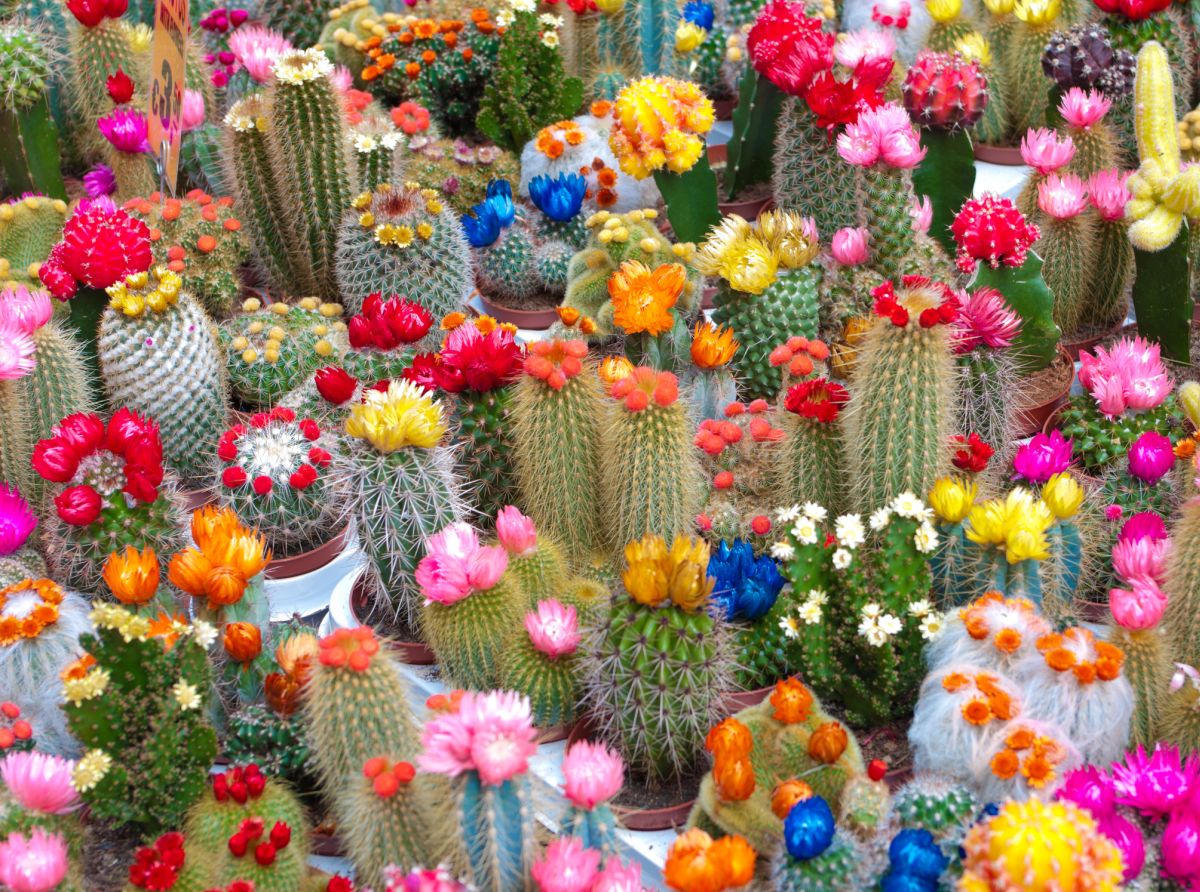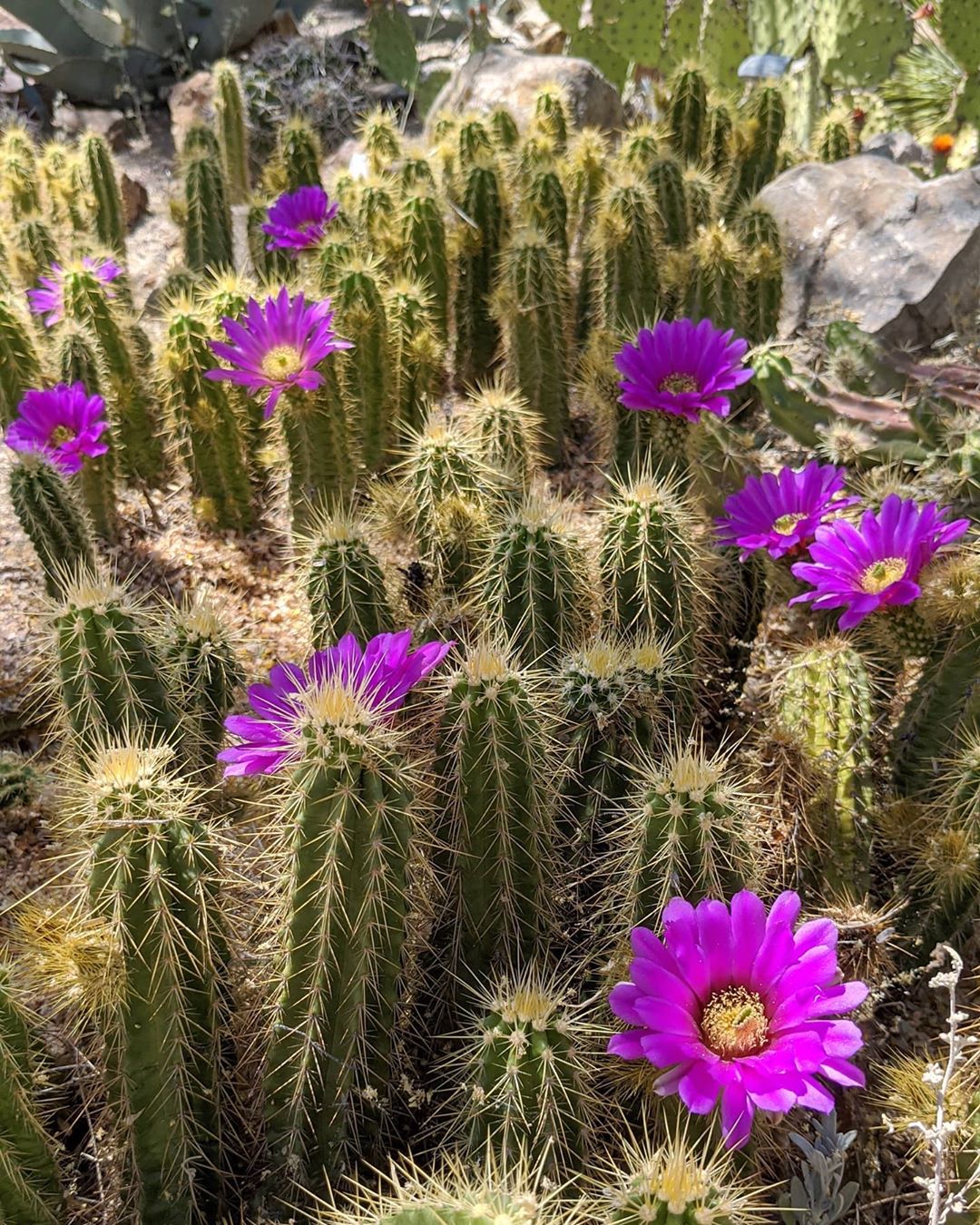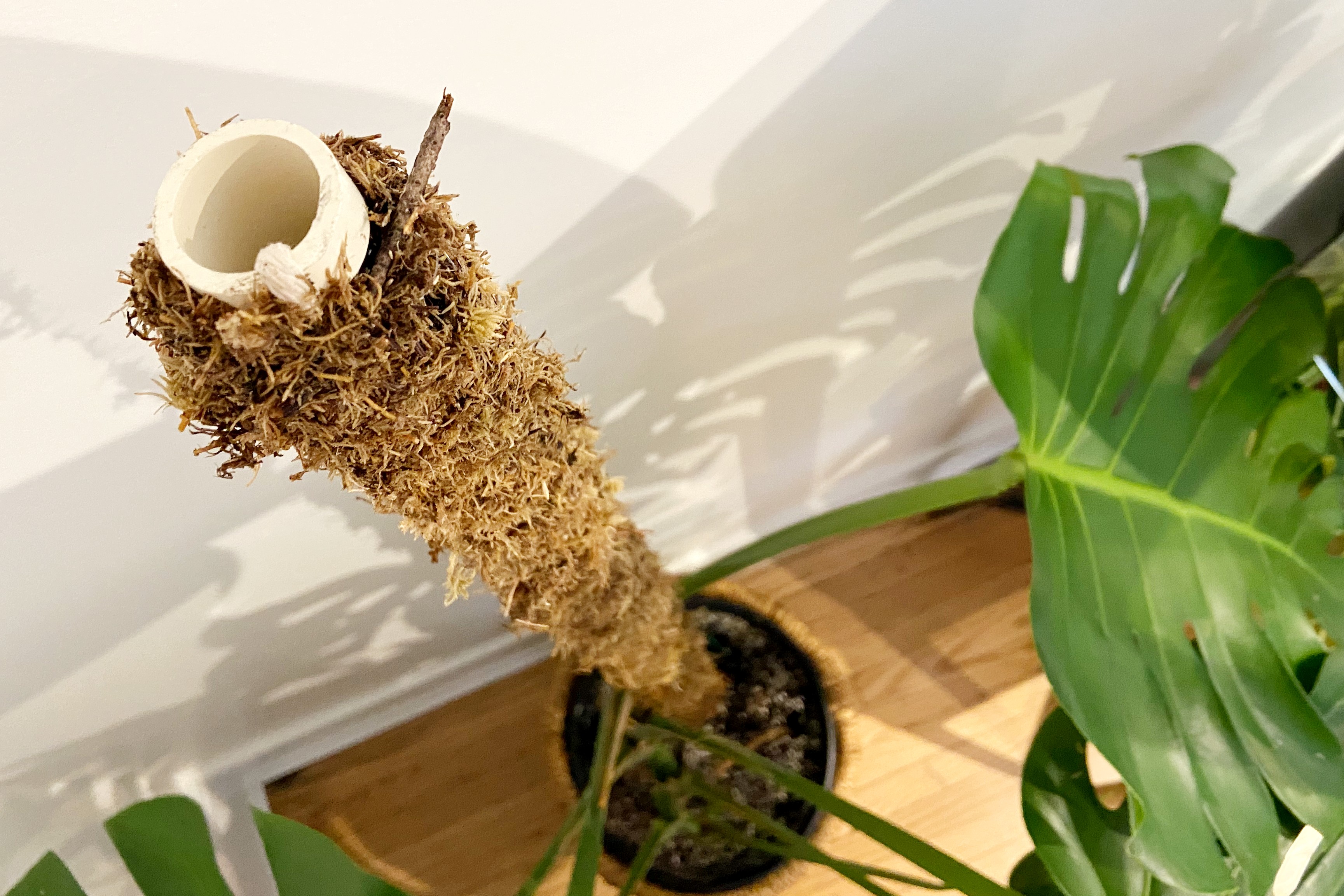Cactus Flowering: A Data-Driven Guide to Growth and Bloom Patterns

The Ultimate Cactus Flowering Troubleshooting Guide: Solving Every Scenario for Epic Blooms
You’re not alone if you’ve ever stared at your cactus, willing it to flower, only to be met with stubborn green silence year after year. I’ve been there too—four seasons of careful tending to my Mammillaria elegans, and nothing but spines until I realized the real problems were all about subtle missteps and misunderstood signals.

This isn’t just another list of “make sure you water correctly.” This is a field-tested troubleshooting masterclass, assembled from nearly a decade of wrestling cacti through Chicago winters and Arizona summers, learning the hard way what actually makes these prickly wonders bloom—or sulk. My goal? To arm you with solutions for every scenario, from the classic light-starved office window cactus to that ancient Saguaro you've inherited from Grandma that hasn't bloomed since the 90s.
Let’s get into the weeds (and spines), charting every pitfall and hack so you can finally experience the mind-blowing transformation when those first buds emerge.
Table of Contents
- Understand the Real Culprits: Why Cacti Don’t Flower
- Deep Dive: Diagnosing Your Unique Situation
- Scenario-by-Scenario Troubleshooting Matrix
- Rescue Missions: Fixes for Each Problem
- Uncommon Obstacles & Advanced Fixes
- Case Studies: Real-Life Bloom Breakthroughs
- Preventative Care Routine: Lock-in Future Success
- Toolkit: Gear and Resources That Actually Work
1. Understand the Real Culprits: Why Cacti Don’t Flower
Most guides gloss over nuance by parroting generic advice—“more light!” or “let it rest!” Let’s cut deeper:
The real causes behind blooming failures fall into five buckets:
- Photoperiod Mismatch: Not enough hours of direct light or inconsistent day/night cycles.
- Incorrect Dormancy: Missed winter cooling/sleep phase (often caused by indoor heating or overwatering).
- Age/Species Issues: Expecting blooms before maturity or choosing species notorious for long waits.
- Nutrient Imbalances: Wrong fertilizer type/timing.
- Stress Factors: Rootbound pots, pest infestations, environmental shock (rapid temp/humidity changes).
I once spent two years blaming sunlight intensity—only to realize my plants needed a cooler winter, not more photons in July!
2. Deep Dive: Diagnosing Your Unique Situation
Here’s how an experienced grower thinks:
Step One: Audit your setup using this sensory checklist:
- Light: Is sun exposure direct and unfiltered? South-facing works best; measure with a $25 PAR meter if unsure.
- Temperature: Are nights dropping below 60°F (16°C) in winter? If not, it’s time to rethink placement.
- Soil Moisture: Does soil feel gritty/dry beyond top inch? Pro tip: Use a disposable chopstick—leave it in for five minutes; if it comes out damp or smells musty, you have moisture issues.
- Pot Size: Roots swirling around bottom holes? That’s rootbound stress—a major flower blocker!
- Plant Age & Species: Do you know your cactus’ maturation timeline?
- Echinopsis hybrids often flower at 3–5 years
- Saguaro can take 30+ years
- Rebutia can bloom as early as year two given optimal care
Step Two: Take photos throughout summer and winter—rose-tinted memory is real! Compare growth habits over time.

Step Three: Identify signs of environmental stress:
- Yellowing skin = sunburn/nutrient deficiency
- Mushy base = rot
- Wrinkled but firm = dehydration (sometimes intentional stress for blooming!)
3. Scenario-by-Scenario Troubleshooting Matrix
Here’s where this guide becomes your reference manual―bookmark this section!
| Symptom | Possible Cause(s) | Immediate Step | Long-Term Fix |
|---|---|---|---|
| No blooms after several seasons | Lack of dormancy/cool period | Move to cooler area Nov–Mar | Institute strict dormancy routine |
| Plump plant but zero buds | Inadequate light | Relocate to brightest spot/grow lights | Track seasonal exposure; supplement as needed |
| Buds form then drop off | Sudden temp swing/overwatering | Stabilize temps; reduce water during bud set | Avoid moving plant during bud development |
| Shriveling despite watering | Root rot or chronic underwatering | Inspect roots IMMEDIATELY | Repot if mushy; adjust schedule |
| Growth but no flowers | Excess nitrogen in fertilizer | Flush pot with clean water | Switch to low-nitrogen (“bloom boost”) feed |
| Young cactus won’t flower | Immaturity | Patience! | Research species-specific maturity age |
| Brown “corky” spots | Old age/natural scarring OR extreme drought/cold damage | Monitor for spread | Only intervene if soft/expanding |
And yes—I’ve lived through each one.
4. Rescue Missions: Fixes For Each Problem
Let’s get practical with battle-tested solutions:
A) Light-starved Office Cactus
Symptom: Lush green but never blooms
What worked for me:
I moved mine onto a stack of books right up against frosted glass, then rotated it weekly for months—finally saw buds peeking out that spring.
Fixes:
- Supplement with Spider Farmer SF600 grow light ($80 investment pays back in bragging rights).
- Clean windows regularly—grime blocks precious UV!
- Move outdoors May–September unless you’re below freezing at night.
B) Chronic Overwatering Survivor
Symptom: Base turning soft/brown; no flowers despite healthy top growth
What worked for Maya (from user example above):
She cut away mushy roots ruthlessly with sterile shears, let wounds callus three days, then replanted in pure pumice-cactus mix—plant bounced back AND bloomed within four months.
Fixes:
- Unpot and inspect roots; remove all brown/mushy tissue.
- Replant only once dry—in gritty soil.
- Water sparingly until visible new growth resumes.
C) Dormancy Denied (Common Indoor Myth!)
Symptom: Beautiful growth all season…but zero flowers next spring
Back in 2019 I learned this painful lesson after keeping my Gymnocalycium on top of a radiator—looked great all winter but didn’t even try to bloom come May.
Fixes:
- From November–March move plant somewhere unheated yet bright (~50°F/10°C nights).
- Cut back watering almost entirely—monthly teaspoon sips at most.
- Resume regular care only after daylight increases (late March-April).
D) Nutrient Lockout Saboteur
Symptom: Odd yellowing between ribs/weak bud formation despite good care
A failed experiment with Miracle-Gro houseplant food taught me that high-nitrogen fertilizers stunt flowering in cacti—I switched brands (Espoma Organic Bloom Booster), halved dose…and saw immediate improvement by next cycle.
Fixes:
- Discontinue high-nitrogen feeds immediately.
- Flush soil thoroughly with distilled water.
- Fertilize monthly only during active season—with low-nitrogen blend (<5 NPK first number).

5. Uncommon Obstacles & Advanced Fixes
Some cacti defy logic—or just require extra finesse:
Pests & Disease Interruptions
Sudden bud loss? Flip over pads/stems and look for spider mites or mealybugs—they love feasting on developing flowers!
Solution:
- Q-tip dipped in diluted isopropyl alcohol flicks them off without harming buds.
- For persistent infestations, opt for Bayer Natria Neem Oil spray—safe on cacti when used sparingly (<$12 bottle lasts years).
Drastic Weather Shifts
If your outdoor cacti face surprise cold snaps or heatwaves during critical bud development:
- Build a $20 DIY shade frame from PVC piping and old bedsheets—a few degrees make all the difference!
- For sudden chills below 40°F, drag lightweight pots indoors overnight—even one frost can abort an entire flowering cycle.
Rootbound Stagnation
When even mature specimens refuse to bloom?
Check roots mid-spring every other year—even tough Echinopsis benefit from fresh air around their feet! A crammed root ball means stressed hormonal signals = fewer/no flowers.
6. Case Studies: True Stories from My Collection (And Beyond)
The Four-Year Funk – Echinopsis Revival
My own Echinopsis waited four miserable years before gracing me with its dinner plate-sized pink blossom—what changed? Year four was my first attempt at true dormancy: full basement “hibernation” November–March at ~52°F nights…with NO water except a single December splash.
Rescue on a Budget – Craigslist Cephalocereus
Jorge snagged an “Old Man” cactus off Craigslist looking half-dead and pot-bound, set it under his attic skylight through two consecutive winters spent dry/cool—it rewarded him year three with wild white pom-pom blooms (“like shaving cream explosions,” he reported excitedly).
Windowless Office Miracle – Gymnocalycium Gambit
I advised Anna (coworker) to invest $40 in an LED clamp lamp instead of keeping her plant under fluorescent ceiling lights—the result wasn’t just reliable annual blooms but denser clustering than she’d ever managed at home!
Community Crowd-Sourcing – Reddit Save
Saw one post last June where user @PricklyPearGuy crowdsourced diagnosis pics after his Opuntia wouldn’t bud despite massive growth outside Phoenix—all signs pointed to excess nitrogen runoff from nearby lawn fertilizer! He built a physical barrier between beds...and finally shared success photos six months later featuring dozens of yellow pads blanketed in magenta flowers.

7. Preventative Care Routine: Lock-in Future Success
Adopt this annual loop—and log results each season:
Spring/Summer (Growth):
- Water deeply once dry; fertilize monthly w/low-N PK blend
- Rotate plants weekly toward brightest source/light panel
- Check regularly under pads/ribs for pests
Fall Transition:
- Gradually reduce watering late September onward
- Stop fertilizing entirely by Halloween
- Prep cool space/dormancy zone ahead of first frost if outdoors/in cool climates
Winter Dormancy:
- Keep dry except rare sips if shriveling seen
- Maintain daylight exposure but avoid artificial heat sources
- Monitor temps weekly; aim <60°F nights wherever possible
Early Spring Wake-up:
- Resume gentle watering as soon as daylight hours increase (>11 hrs/day)
- Restart fertilizing only when visible new growth appears
Pro tip: Document everything—the best growers keep journals/photos tracking what conditions led to each win/fail!
8. Toolkit & Resources That Actually Make Life Easier
Skip gimmicks—a few core investments make all the difference:
- Spider Farmer SF600 LED Grow Panel (~$80): Reliable spectrum output perfect for indoor winter blooming prep.
- Blumat Digital Moisture Meter (~$35): More accurate than cheap analog versions—especially key when dialing back watering pre-dormancy.
- Espoma Organic Bloom Booster Fertilizer ($9): Specifically formulated PK spike without excessive nitrogen load.
- Turface MVP Gritty Mix + Pumice Combo Bag ($24 total): Ensures root breathability/rot prevention whether potted indoors or out.
Reference Library Must-Haves:
- The Complete Book of Cacti & Succulents, Terry Hewitt — packed with photos/species-specific flower triggers;
- r/Cactus subreddit — invaluable real-time troubleshooting advice;
- Local succulent society meetings — swap cuttings AND wisdom face-to-face!
In Closing…
Every non-blooming cactus is simply holding out until YOU crack its unique code—and now you have every strategy needed to become that problem-solving wizard who coaxes fireworks from even reluctant specimens.
If things go wrong? Celebrate small victories along the way—a single bud means progress! Remember Jorge’s patience paid off after six years; Anna’s quick fix turned office monotony into color therapy every spring break; I still recall my own joy catching that first midnight bloom almost by accident because I finally stopped pampering my Echinopsis through winter heat waves.
Cactus flowering isn’t luck—it’s persistence mixed with curiosity and strategic tweaks season by season.
So audit your conditions tonight, implement even ONE new change tomorrow…and watch as frustration transforms into jaw-dropping spectacle soon enough.
Got another odd problem not covered here? Drop details into r/Cactus or DM your local club—you’ll be shocked how creative our community gets about solving even weirder flowering mysteries.
Happy growing—and may this be your best blooming season yet!



